For those who love ancient history, retreading the paths where legends first sprang to life is a fantastic way to connect with our ancestors. Whether it's tracing the legends of King Arthur, or visiting the prehistoric barrows that gave rise to Old Norse villains, the British Isles is filled with historic sites that you can discover this year. Whether you're packing a bag for a day out or planning a longer break, these locations offer special significance in British history, as they have their own evolving narrative throughout the centuries.
Historian Amy Jeffs gives us her top six ancient sites to explore.
Six mythical locations in ancient Britain that you can visit today
Tintagel, Cornwall
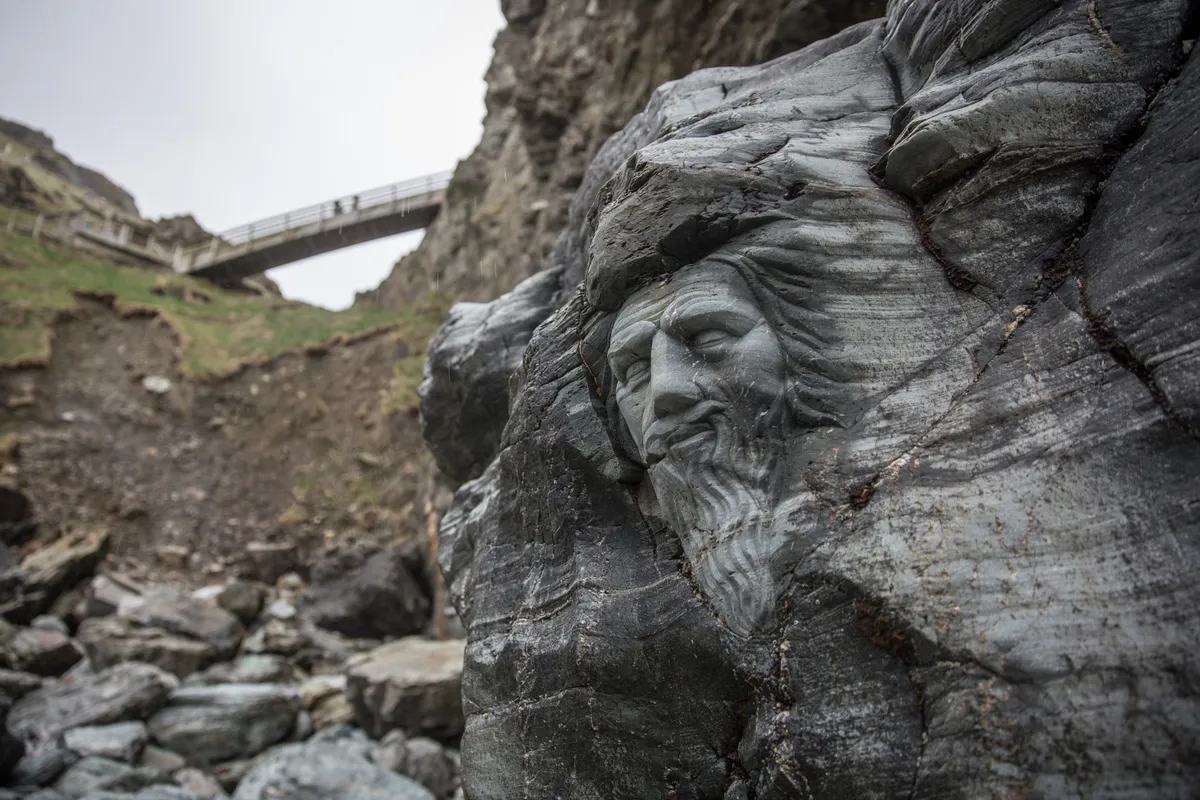
In Arthurian legend, Tintagel is the home of Igraine, a descendent of Joseph of Arimathea. She is married to Gorlois, Duke of Cornwall. King Uther Pendragon sees Igraine at a feast and resolves to have her for himself. While Uther’s troops battle those of Gorlois at Dameliock (now associated with the Iron Age hillfort, the Tregeare Rounds), Merlin transforms Uther to make him look like the Duke. He goes to the sea-cradled castle and Igraine sleeps with him, believing him to be her husband. As a result of this deception, she gives birth to the future King Arthur.
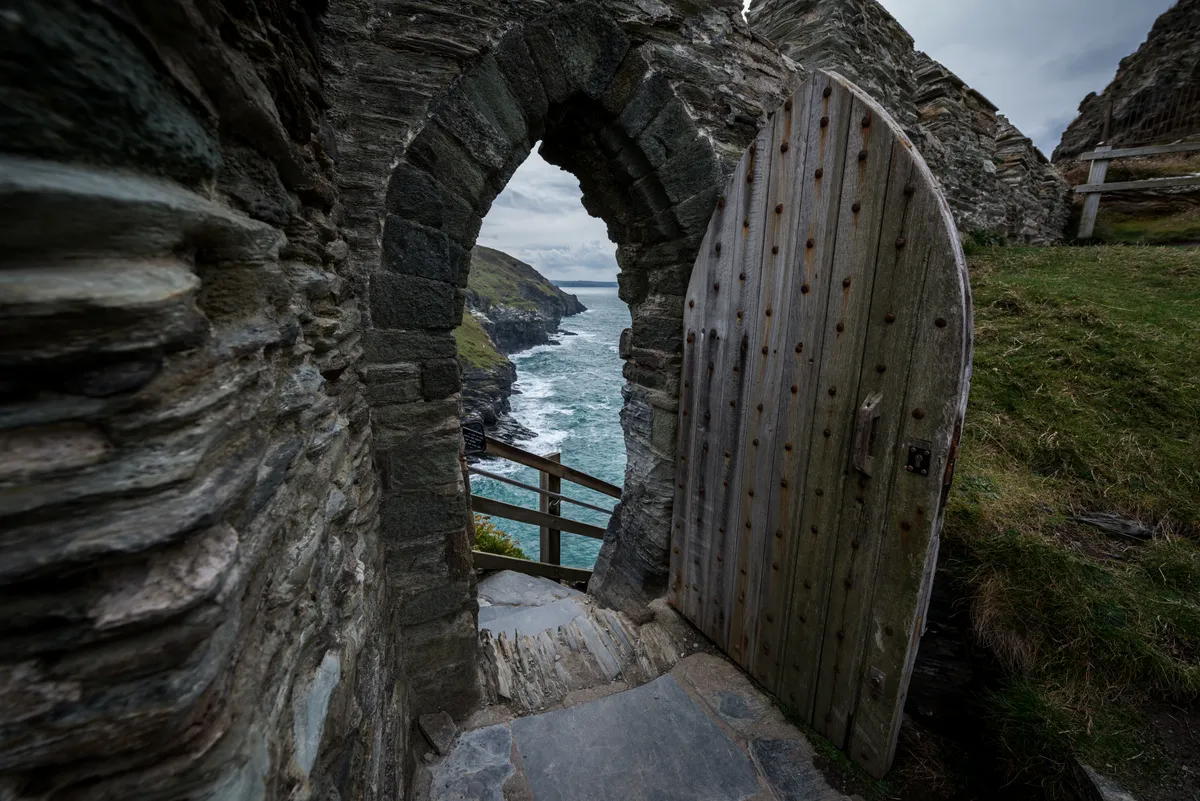
Stonehenge, Wiltshire

Medieval visitors to Stonehenge would have had no notion of Neolithic man. Instead, they thought it to be a memorial to British nobles massacred by the Saxons under Hengist and the burial place of Aurelius Ambrosius, a 5th century leader of the Britons, and Uther Pendragon, King Arthur’s uncle and father. Medieval visitors would have thought the stones had come from Africa, via Ireland, and that the last part of their journey was engineered by the young Merlin.

Wayland’s Smithy, Oxfordshire
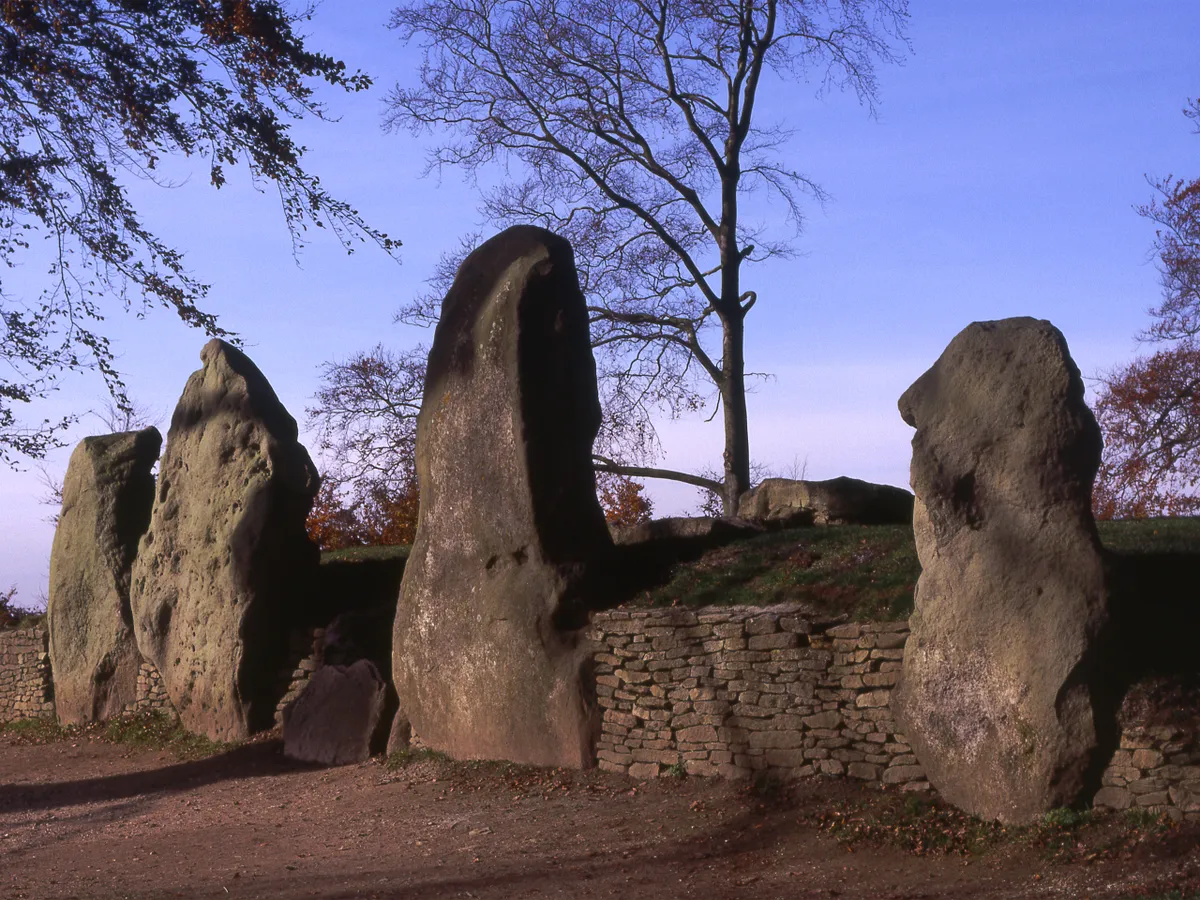
This dark-mouthed prehistoric barrow in the Berkshire Downs has borne the name of a legendary Germanic goldsmith since at least the 10th century; it appears in a charter as ‘Welandes Smiððan’. According to Old Norse and Old English sources, an evil king cut the goldsmith’s hamstrings and imprisoned him on an island, making him work for free. Before escaping on wings crafted from the feathers of the island’s birds, he killed the king’s two sons and drugged and raped his daughter, Beadohild. Back in the 10th century, the barrow must have fascinated its first Germanic visitors, the Saxons, with whom this afflicted, menacing character had migrated.
Dinas Emrys, Snowdonia
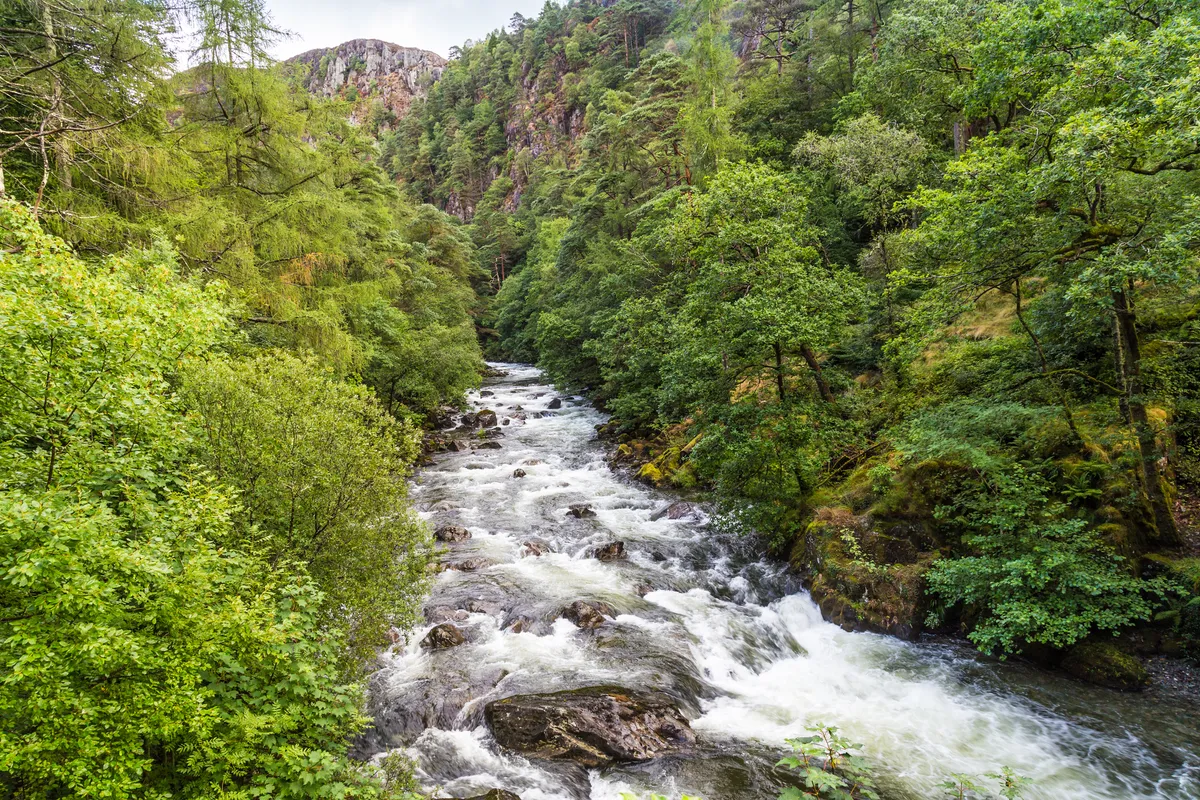
This small, wooded hill in Snowdonia has a pool and medieval ruin at its summit. It is where a legendary usurper called Vortigern attempted to build a tower to protect himself from the rightful British king and invading Saxons, but each night it crumbled. The solution, imparted the child Merlin, was to demolish the tower and drain a pool that lay beneath it. The receding waters revealed a white dragon attacking a red dragon, which Merlin interpreted as an omen of the injuries to be borne by the Britons at the hands of the Saxons.
The River Ness, Inverness
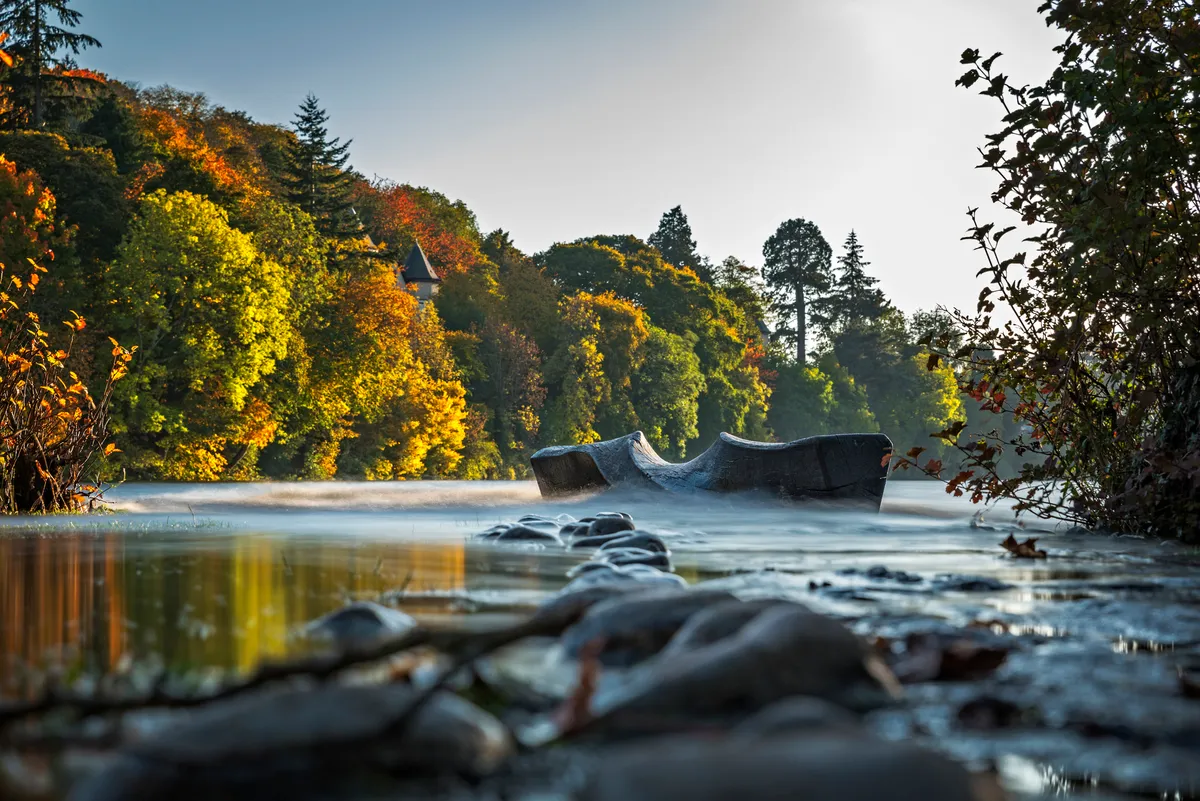
According to Admonán (died 704 CE), the pebble-bedded River Ness is the site of a miracle performed by St Columba, who crossed Scotland to convert the Picts. A water monster had killed a local man and his body lay on the opposite bank. One of Columba’s followers dived into the river to fetch a boat by which they would cross and tend to the deceased. When the monster attacked him, Columba repelled it by means of a prayer.
More related content:
- Scotland’s great historic sites
- British myths and legends: history and best haunted sites to visit
- Guide to Scotland’s great trails: history and best walks
Loch Ness. © Getty
The River Severn

Ever wondered how this ancient waterway got its name? Ancient legend tells us that for seven years, King Locrin – son of Britain’s founding father, Brutus – had held a woman called Estrildis in London’s caves. When Queen Gwendolen, daughter of Corineus the giant-slayer, discovered the affair and the birth of a daughter, whose name was Sabrina, she gathered troops and killed Locrin. Then she had Estrildis and Sabrina drowned in the tidal waters of a river. Thenceforth, the river was named the Severn, after the little girl.
Full feature first published in our February issue 186. Look inside.
Amy Jeff's latest book Storyland: a new mythology of Britain is out now.
- Buy now from Waterstones (RRP from £25)

